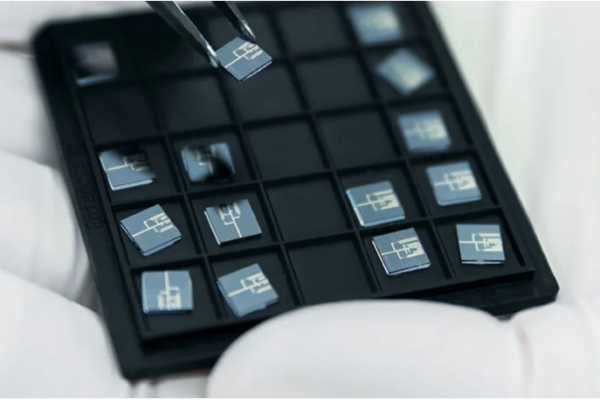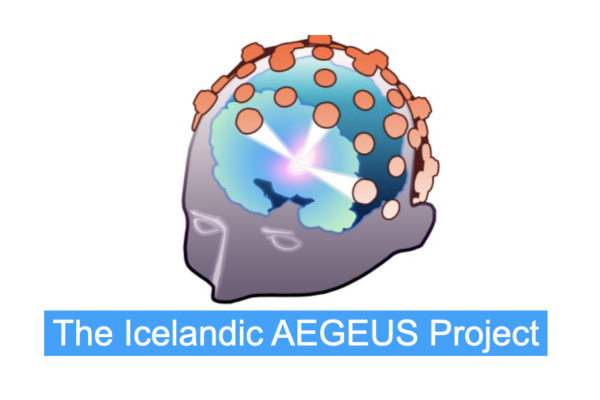The doctoral dissertation “Phage-biosensors for Detection of Cancer from Urine” by Vilhelmiina Juusti (Turku University, 2025) presents the development of phage-based biosensors for detecting cancer biomarkers in urine. The study aims to address the limitations of current cancer detection methods, which are often expensive, invasive, and insufficiently sensitive for early diagnosis. By combining non-invasive urine sampling with an advanced biosensor approach, this research proposes a cost-effective, scalable, and accurate alternative for cancer diagnostics.
Cancer detection and classification is challenging because current methods are often clinically ambiguous, expensive, and/or laborious. A need exists for new methods to meet the requirements of modern healthcare and to overcome challenges of cancer detection. One promising avenue involves phage-biosensors used with non-invasive urine sampling, potentially enabling affordable and scalable cancer detection.
What are Phage-Biosensors?
Phage-biosensors use bacteriophages (phages), viruses that infect bacteria, as bioreceptors in modern biosensors. Phages are robust, cost-effective, easily modified, and can be rapidly produced in large quantities. The genome of a phage can consist of either double-stranded (ds) or single-stranded (ss) DNA or RNA. Their structure makes them stable in a range of environmental conditions such as different pHs, temperatures and dissolvents.
How do Phage-Biosensors Work?
The phage-biosensor system’s function is likely based on competition between assay components. When target molecules, such as cancer-related biomarkers, are absent, bifunctional phages interact with or bind to dye molecules, leading to a decrease in absorbance. In this case, the label molecules remain free in the assay solution because they are not quenched by the dye and can emit a measurable signal. When target molecules are present, the bifunctional phages interact or bind with them, which leaves the dye molecules to the solution.
To create these biosensors, a biopanning process is used where phage clones are selected based on their affinity towards a target.
First, a dye solution, target analyte, or sample is immobilised to a solid surface.
The dye solution, diluted target analytes or sample are immobilised to the surface, rinsed to minimise unspecific binding and blocked with 2% BSA solution when necessary (coating).
To gain sufficient specificity for the biosensor, samples were pools of cancerous samples used in coating.
Applications in Cancer Detection
Phage-biosensors offer a promising avenue for early cancer detection from liquid biopsies like urine. Patient-friendly urine-based detection methods for cancer have been developed. Phage-biosensors have been used in detecting prostate-specific membrane antigen from synthetic urine.
In one study, phage-biosensors detected aggressive prostate cancer with 80% sensitivity and 75% accuracy and metastatic cancer with 70% sensitivity and 79% accuracy. The method is suitable for analysing non-invasive urine samples and individual biomarkers, offering a new way to detect cancer and multiple biomarkers simultaneously from non-invasive samples.
Advantages and Future Perspectives
Phage-biosensors have the potential to be highly sensitive, specific, affordable, quick, and patient-friendly. They could enable the discovery of new cancer-related biomarkers and the multiplexing of several biomarkers into one test. They could overcome challenges related to conventional molecular detection methods and be designed to detect biomarkers from challenging sample materials, such as urine.
New Frontier in Cancer Detection using Urine from Finnish Doctoral Dissertation




